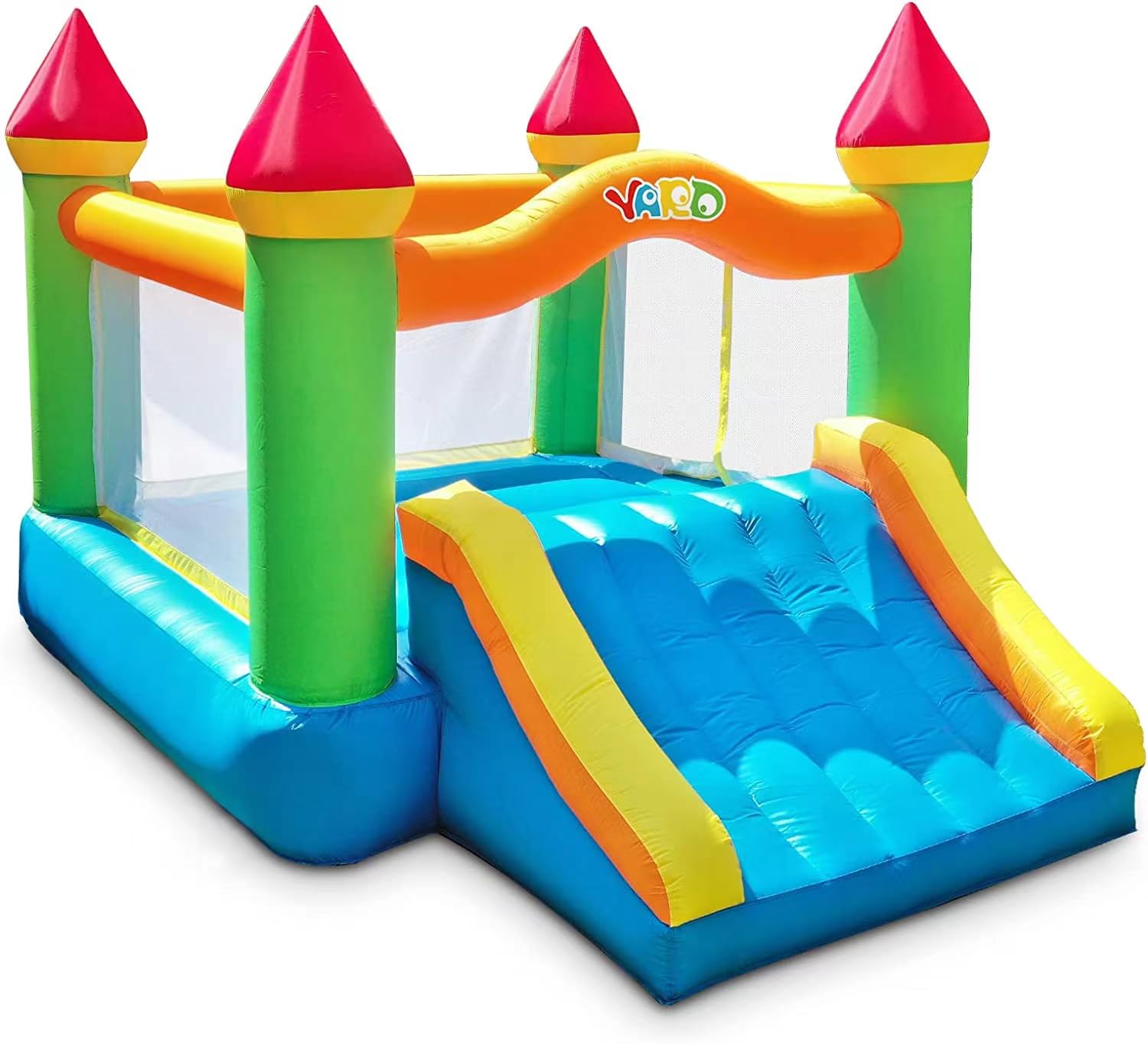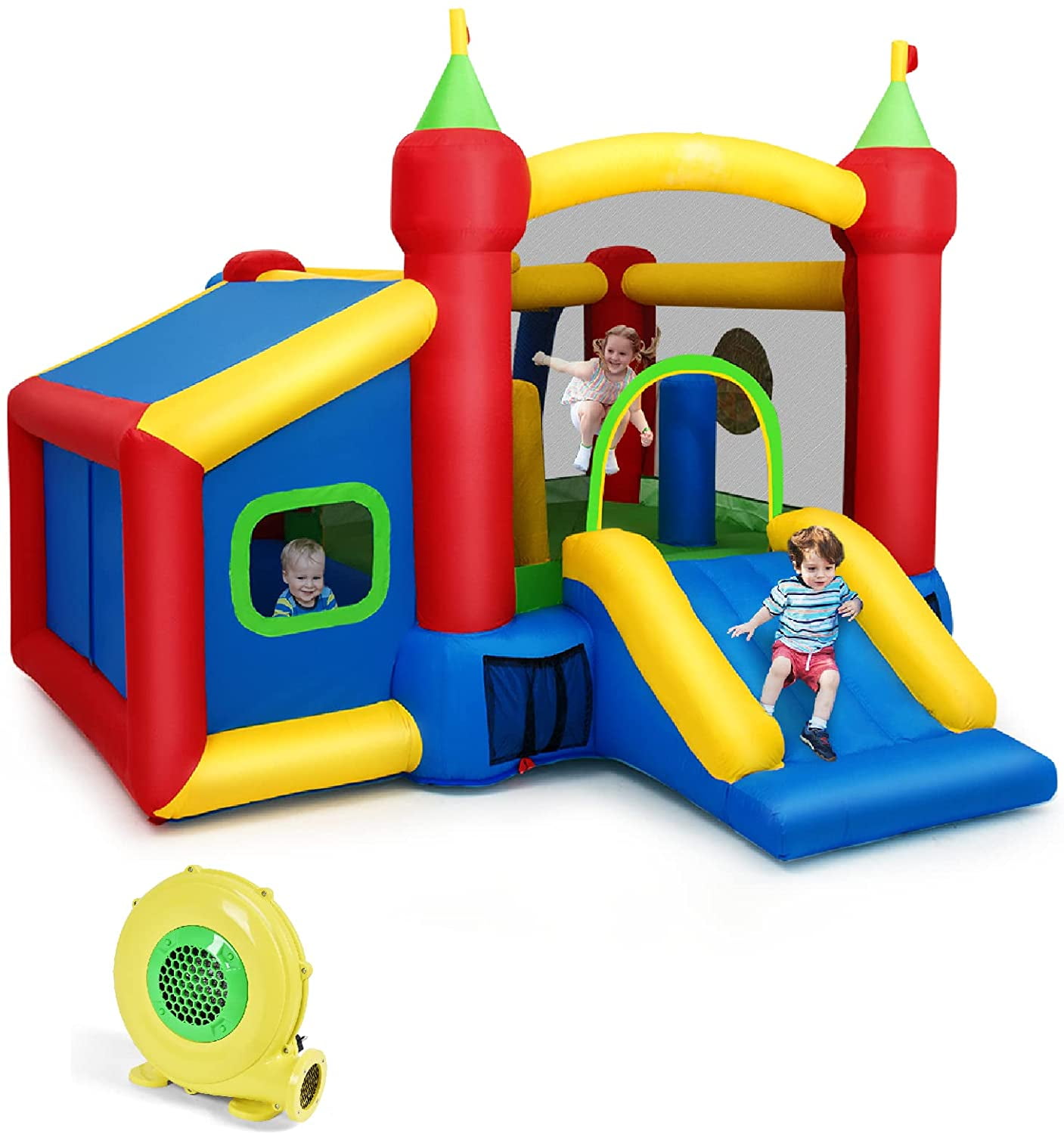Introduction
Inflatable houses are no longer just for bouncy fun. They’re becoming a viable option for affordable, portable living. With advancements in materials and design, these innovative structures offer unique solutions for housing needs.
The Rise of Inflatable Houses
Understanding Inflatable House Technology
Learn about the materials and construction methods that make inflatable houses durable and comfortable.
From Concept to Reality: The Making of Inflatable Homes
Trace the journey of inflatable house from initial concept sketches to the livable structures they are today.
Benefits of Inflatable Houses
Affordability and Cost-Effectiveness
Detail the cost savings inflatable homes bring compared to traditional housing.
Portability and Flexibility
Explain how inflatable houses provide the ultimate portability for nomadic lifestyles or temporary accommodation.
Setting Up Your Inflatable House
The Basics of Inflation
Discuss the process of setting up an inflatable house, from unpacking to full inflation.
Ground Prep and Anchoring Techniques
Offer tips on preparing the setup site and safely anchoring the structure.
Durability and Maintenance
Material Strength and Weather Resistance
Examine the materials used in construction for their durability against the elements.
Keeping Your Inflatable House in Top Shape
Simple maintenance tips to ensure the longevity of your inflatable home.
Safety Features and Considerations
Structural Security Measures
Describe the built-in safety features that keep inflatable houses secure.
Emergency Preparedness and Evacuation Plans
The importance of having an evacuation plan and emergency preparedness for inflatable homes.
Interior Design and Comfort in Inflatable Dwellings
Making It Feel Like Home
Creative ideas to customize and furnish the interior of an inflatable house for maximum comfort.
Insulation and Climate Control Solutions
Discover ways to maintain a comfortable temperature inside an inflatable house across seasons.
Inflatable Houses and Sustainable Living
The Eco-Friendly Appeal
Investigate the potential benefits of inflatable houses for reducing environmental impact.
Integrating Green Technologies
Explore the incorporation of solar panels, rainwater harvesting, and other green technologies into inflatable home design.
Legal and Zoning Challenges
Understand the zoning laws and building codes that apply to inflatable houses.
Advocating for Change in Building Standards
Discuss ways inflatable house enthusiasts are working to update regulations to support alternative housing options.
The Future of Inflatable Houses
Innovations on the Horizon
Speculate about upcoming advancements in design and technology that could shape the next generation of inflatable homes.
Expanding Possibilities: The Global Impact
Consider how inflatable houses could transform housing solutions worldwide, especially in crisis or disaster situations.
Inflatable House: The Future of Portable Housing?
Inflatable houses are gaining popularity as a modern, versatile housing solution. They offer portability, affordability, and quick setup, making them attractive for various applications. From temporary shelters to recreational retreats, inflatable houses present a unique approach to traditional housing. But how practical are they, and could they be the future of portable housing?
What is an Inflatable House?
An inflatable house is essentially a structure made from durable, airtight fabric that inflates using an air pump. These structures utilize internal air pressure to maintain their shape and stability. They come in different shapes, sizes, and designs, catering to diverse needs and preferences.
Advantages of Inflatable Houses
Portability and Ease of Setup:
One of the most significant advantages of inflatable houses is their portability. Unlike traditional homes, inflatable houses can be easily deflated, packed, and transported to different locations. Setup is typically quick and straightforward, often requiring only an air pump. This makes them ideal for temporary housing, disaster relief efforts, and mobile events.
Affordability:
Compared to conventional housing, inflatable houses are generally more affordable. The materials and construction processes are less expensive, making them a budget-friendly alternative. This affordability opens doors for individuals and organizations with limited resources, providing access to comfortable and functional shelter.
Customization and Versatility:
Inflatable houses offer a high degree of customization. They can be designed in various shapes, sizes, and layouts to suit specific needs. From single-room units to multi-room structures, the possibilities are vast. This versatility extends to their application, as they can be used for various purposes, including:
- Temporary Housing: Ideal for construction sites, disaster relief zones, and remote work locations.
- Recreational Retreats: Perfect for camping trips, backyard parties, and temporary guest accommodations.
- Event Structures: Suitable for trade shows, festivals, and promotional events.
Durability and Weather Resistance:
Modern inflatable houses are constructed from robust materials designed to withstand harsh weather conditions. High-quality fabrics like PVC and nylon offer excellent tear and puncture resistance. Advanced coatings provide UV protection and water resistance, ensuring longevity and reliable performance.
Disadvantages of Inflatable Houses
Durability and Maintenance:
While durable, inflatable houses require regular maintenance to prevent punctures and leaks. Exposure to sharp objects, extreme temperatures, and prolonged sunlight can impact their lifespan. Regular inspections and proper storage are crucial for maintaining their integrity.
Insulation and Temperature Control:
Inflatable houses generally offer less insulation compared to traditional structures. This can lead to temperature fluctuations, making them less suitable for extreme climates without additional insulation or climate control systems.
Limited Permanence:
Inflatable houses are not designed for permanent residence in most cases. Their temporary nature makes them unsuitable for long-term housing solutions without significant modifications and reinforcements.
Types of Inflatable Houses
The market offers a diverse range of inflatable houses catering to various needs and budgets.
Inflatable Camping Tents:
These are compact and lightweight, perfect for camping trips and outdoor adventures. They offer basic shelter and are easy to transport and set up.
Inflatable Event Structures:
Larger inflatable structures serve as temporary venues for events, trade shows, and exhibitions. These structures can be customized with branding, lighting, and climate control features.
Inflatable Emergency Shelters:
Designed for disaster relief efforts, these shelters provide rapid and portable housing solutions for displaced individuals. They are often equipped with essential amenities for basic comfort and safety.
Inflatable Modular Homes:
Advanced inflatable structures can be connected to create larger, multi-room homes. These modular units offer greater flexibility and functionality, suitable for longer-term temporary housing.
The Future of Inflatable Houses
The future of inflatable houses looks promising. Advancements in materials, design, and technology continually improve their functionality and durability. As the demand for portable and affordable housing solutions rises, inflatable houses are likely to play a more significant role. Further innovation could lead to:
- Improved Insulation and Climate Control: Integrating better insulation and efficient climate control systems will make inflatable houses suitable for various climates.
- Enhanced Durability and Longevity: Developing even more robust and resilient materials will extend their lifespan and reduce maintenance requirements.
- Smart Home Integration: Incorporating smart home technology can enhance comfort, security, and energy efficiency within inflatable structures.
Conclusion
Inflatable houses represent a bold new chapter in the sphere of alternative living. Their unique combination of affordability, portability, and sustainability makes them a fascinating solution for diverse housing needs around the globe.
